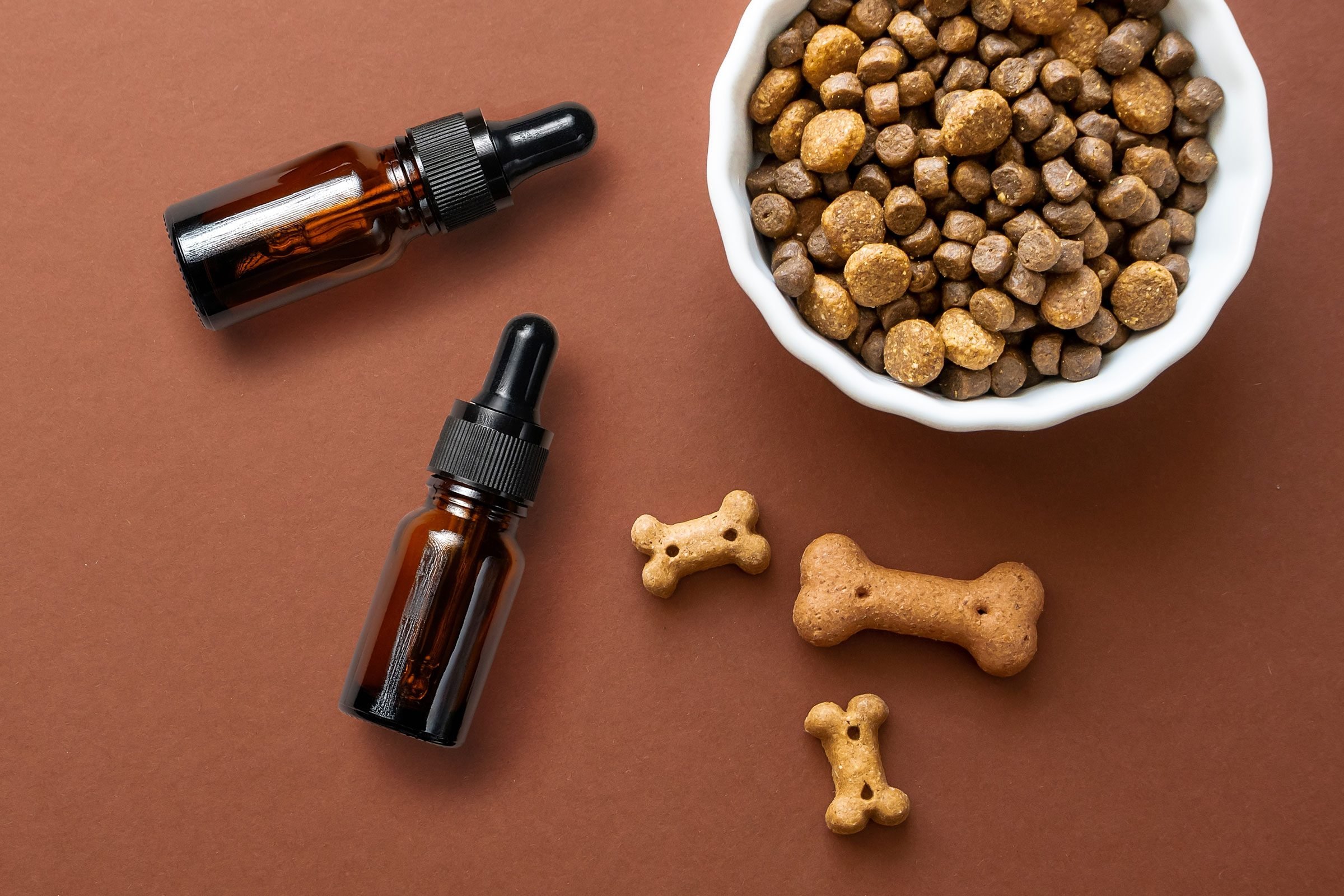Cheese curds are simply cheddar before it’s been aged and formed, with a bit of extra salt added to make it snackable like a potato chip. Cheese curds are not only fun to eat, but they also aid cheddar cheese makers by providing another form of revenue, other than the obvious, cheddar cheese. Cheese curds are a by-product of the cheddar making process, so when cheddar is made so are cheese curds.
It can be difficult to find cheese curds on the market because they are perishable and degrade quickly. If there are no cheese manufacturing facilities nearby, you won’t find them easily, unless you know the right supplier. For this reason, cheese curds are often only available in cheese-making states. They can’t be transported and sold on the market the same way as ordinary cheese. Still, companies like Pure Dairy have found a way to deliver cheese curd to their customers, while keeping the quality of the curds.
So, what makes cheese curds unique from other cheeses? Here are a few reasons why:
Cheese Curds Aren’t Regular Cheese
Though called cheese curds, they are not technically cheese. Following the regular aging process used in making cheese, they would then become a type of cheddar cheese when they were aged. In reality, it is not done, and they are therefore the by-product of cheese. To eat fresh cheese, in older times they separated the curds from the whey and sliced them up to eat when the whey was cool. We didn’t know what was going on at the time. Even so, they did a great job, and we have the delicious curds now.
Squeaky Texture
The squeak makes them different as well. Whenever you chew a cheese curd, it will emit a little squeak due to the trapped air inside. After 12 hours, due to insufficient refrigeration techniques like individual quick freezing (IQF), they begin to lose their squeakiness and become rubbery. Historically, grocery stores were not often stocked with cheese curds because of this. Cheese curds without IQF have an average shelf life of 21 days but should ideally be eaten within 12 hours of being made.
Can Be Eaten Raw
Another difference is that you can eat them raw, based on how they are made. Pasteurised cheese curds are edible since they undergo the pasteurisation process. To be safe, it is best to consume them after they’ve been cooked if you don’t know whether they’ve been pasteurised. Originally, cheese curds were made from unpasteurised milk, and therefore some countries prohibited their consumption. Similar conditions exist today, but most are now pasteurised. Be sure the cheese curds you desire to eat raw have been pasteurised before you consume them.
People who love poutine often opt for mozzarella as a substitute for cheese curds if they don’t have access to cheese curds. Initially, they were only available near dairy farms since they had to be eaten within a few hours of being made.
However, we know of a few places in Australia where you can get fresh cheese curds. Australian cheese curds are best purchased from Pure Dairy. Directly sourced from Wisconsin, they are packaged using the IQF method for the freshest curds. Reach out to Pure Dairy to find a supplier, and as soon as they receive your request, Pure Dairy will contact you about fresh cheese curds for your hospitality venue.







